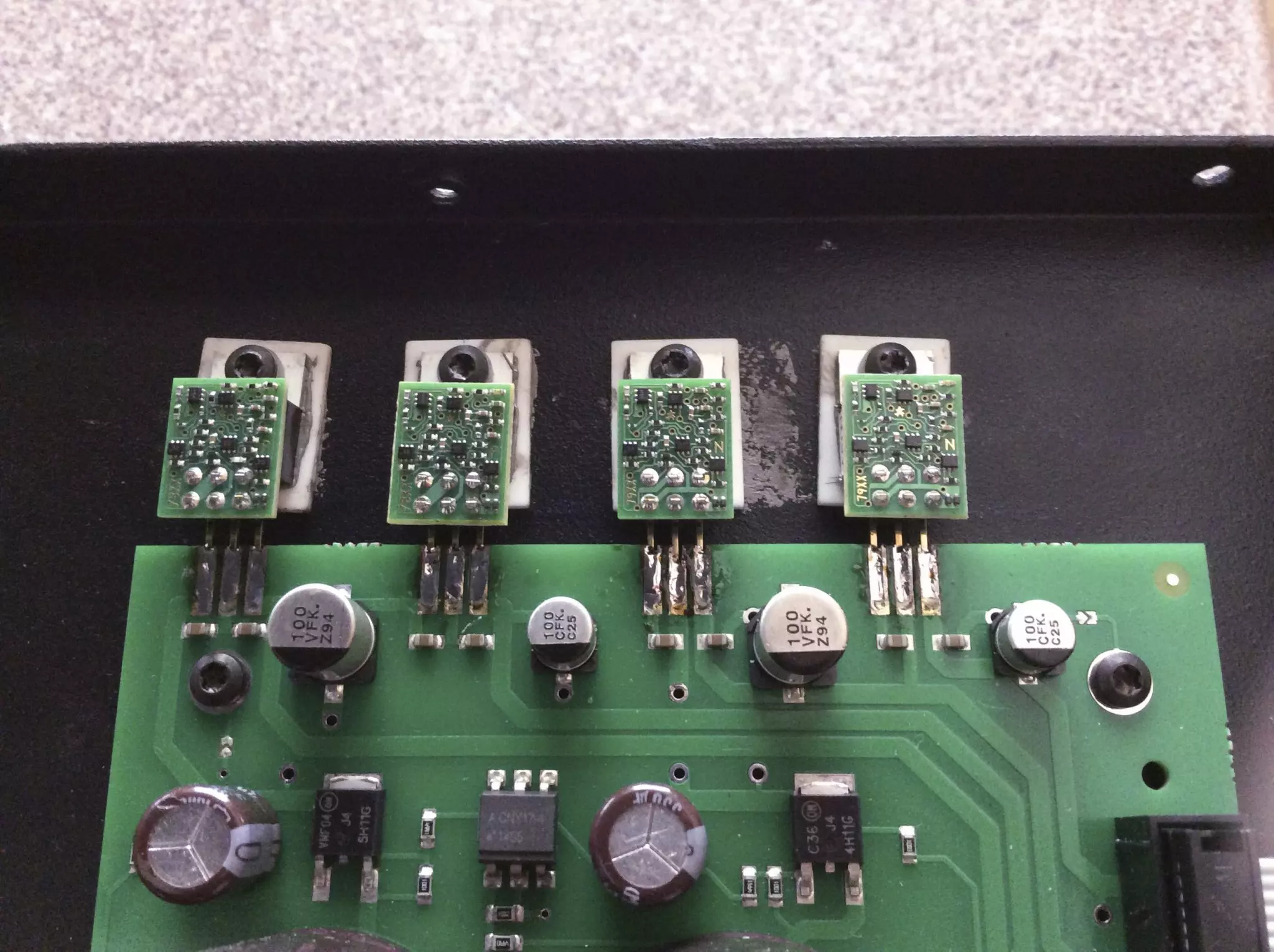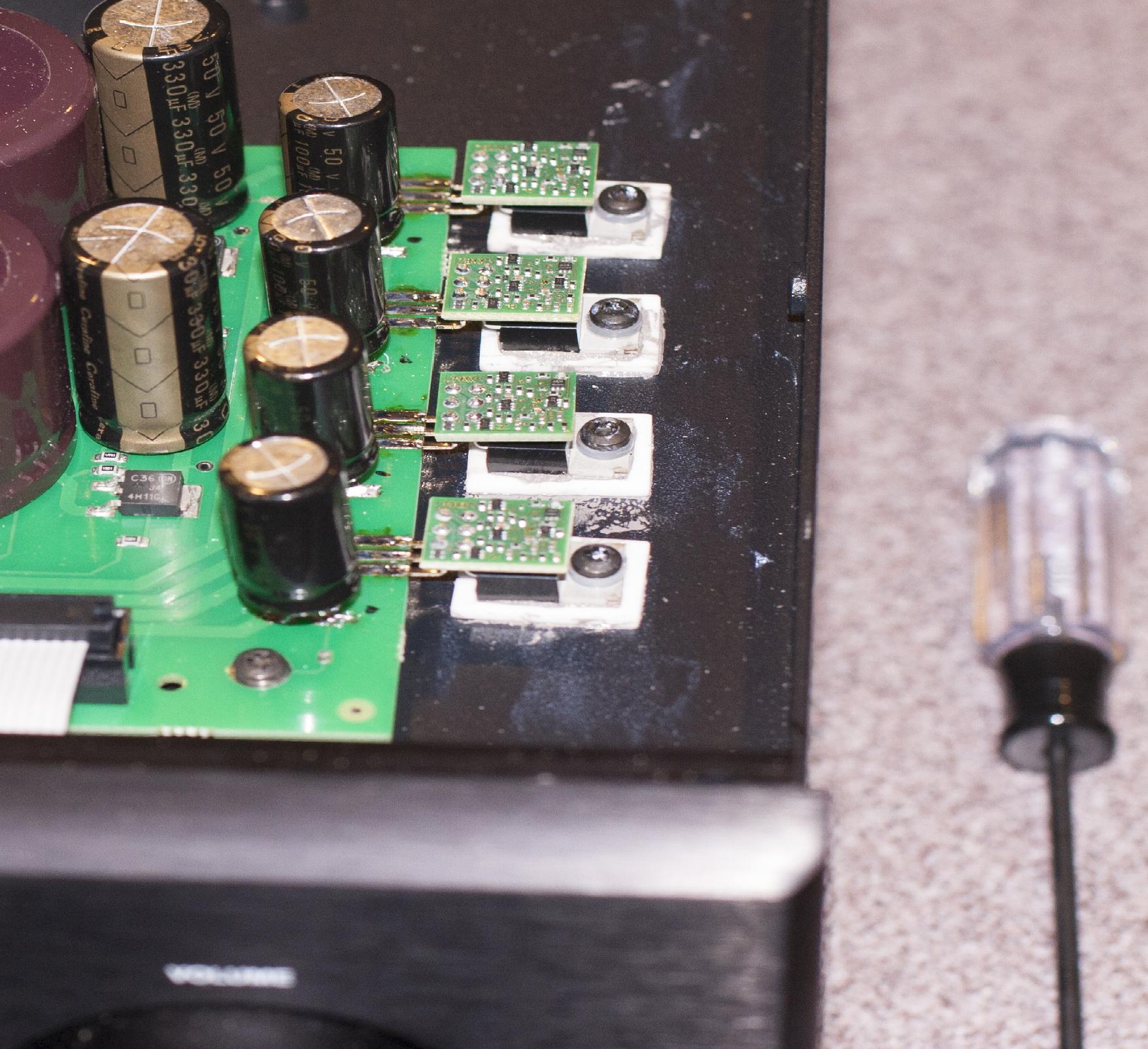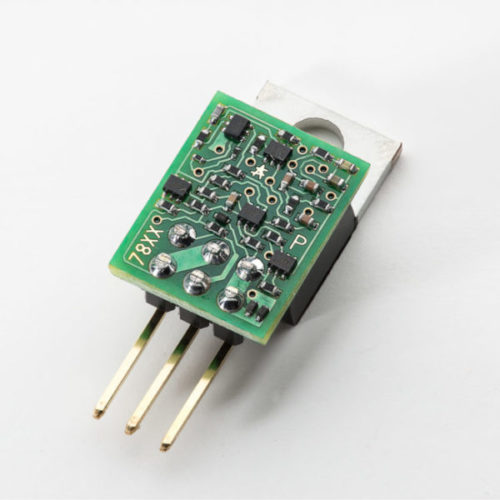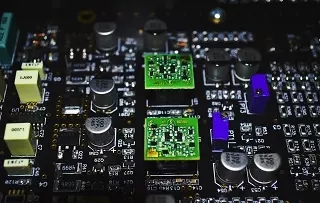Bryston Audio Preamp with Discrete Voltage Regualtors
The voltage regulators made a significant improvement in the Bryston Audio Preamp over the legacy 78xx regulators. The Sparkos regulators really cleaned up the sound and made everything sound much more clean and quicker. You can see in the post pics that I have also added the ElnA Cerafine caps. The small surface-mount caps were Panasonic FK and they actually did not work that well. After I replaced them with the Elna's, the sound became ultra clear and fast and much more realistic. The bass was completely unreal! There was so much air moving that I could hear my Stewart Film screen projector screen rattling - even with the volume not turned up all the way. The regulators are a significant part of the puzzle, but you really need top level capacitors to manage that power!

I have also learned that you really need to put polymer/oscon capacitors on any power supply line going to digital circuits, such as the 3.3V/5V line to the DAC and digital receiver. Normal electrolytics (even Elna Cerafine) can’t handle the very high frequency voltage pulls that are required by DAC chips (internal clocks run in the megahertz range, and audio is commonly upsampled to 384khz or even 768khz).

The Bryston Audio power supply board does not actually have “through-hole” mounts for the voltage regulators. Instead, it has slots cut into the board itself with the trace on top of the board. The pins of the regulator slide into the slots (which are cut all the way through the board). You then need to solder in the entire slot so that it fills in the area between the pins and the board (almost like pouring concrete into a slot). I had to initially use both a soldering iron and a de-soldering gun to remove the solder. Then I had to use a hot-air workstation to heat all three pins up at the same time before all 3 would let go of the board. Alternatively, you could cut the original regulator pins and remove them one at a time, but I wanted the original regulator in one piece in case I had to put it back (which I won’t!). The ceramic heat pads for the regulators were cleaned and then coated with Arctic Silver 5 thermal compound (a very popular high-performance compound typically used for computer CPU heatsinks). Cardas Quad Eutectic solder was used on all solder points.

You know what to do





